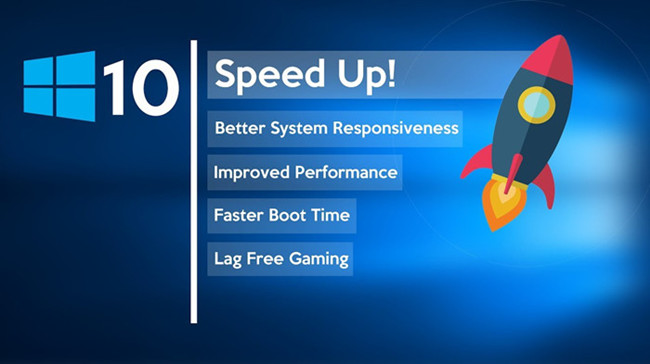The Mobile Interactive Group (MIG) has played a significant role in shaping how brands and consumers interact in the mobile space. With mobile usage dominating the digital landscape, understanding what MIG does and how it contributes to mobile marketing, payment solutions, and interactive services is essential for businesses looking to engage audiences effectively.
In this comprehensive guide, we’ll cover:
- What Mobile Interactive Group is
- Its services and core offerings
- How MIG impacts the mobile industry
- FAQs about Mobile Interactive Group
- Final thoughts on its significance
What Is Mobile Interactive Group?
Mobile Interactive Group (MIG) was a global mobile and digital communications company founded in 2004 in the UK. It specialized in providing mobile technology and services, enabling brands and operators to deliver interactive consumer experiences through mobile devices.
In 2011, MIG was acquired by Velti, a global provider of mobile marketing and advertising technology, which expanded its capabilities globally while integrating MIG’s expertise in mobile payment, marketing, and engagement solutions.
Services and Core Offerings
Mobile Interactive Group focused on several key services:
1️⃣ Mobile Messaging Solutions
MIG provided SMS, MMS, and push messaging services to help brands engage customers instantly with promotions, alerts, and interactive content.
2️⃣ Mobile Payments and Billing
They offered direct carrier billing and mobile payment solutions, allowing customers to purchase digital content, vote in TV shows, and subscribe to services seamlessly via mobile billing.
3️⃣ Mobile Marketing Campaigns
MIG designed and executed mobile marketing campaigns, helping brands increase customer engagement through interactive quizzes, competitions, and promotional activities.
4️⃣ Interactive TV and Voting
The group powered voting mechanisms for TV shows, live polls, and viewer interaction features, making it easier for broadcasters to engage audiences in real time.
5️⃣ Mobile Web and App Development
MIG assisted brands in building mobile-optimized websites and applications, focusing on user experience to drive conversions and audience retention.
How MIG Impacted the Mobile Industry
The Mobile Interactive Group played a pioneering role in transitioning traditional media and retail industries to mobile-focused strategies by:
✅ Facilitating mobile payments, making digital transactions seamless for consumers.
✅ Helping broadcasters and media companies enhance audience interaction during live shows.
✅ Assisting brands in launching interactive campaigns that leveraged SMS, MMS, and push notifications.
✅ Improving customer engagement and retention with personalized mobile marketing strategies.
By focusing on the intersection of technology, user experience, and marketing, MIG set the groundwork for many mobile practices now considered standard in the industry.
Frequently Asked Questions (FAQs)
What happened to Mobile Interactive Group?
In 2011, MIG was acquired by Velti, integrating its services into Velti’s global mobile marketing and advertising platform.
What services did MIG provide?
MIG provided mobile messaging, payment solutions, mobile marketing, interactive TV services, and mobile web/app development for brands and operators.
Why was Mobile Interactive Group important?
It was a pioneer in mobile engagement strategies, allowing brands to reach customers directly via mobile devices, which set the stage for today’s mobile-first marketing practices.
Is Mobile Interactive Group still active under its original name?
No, after its acquisition by Velti, MIG’s operations were absorbed under Velti’s brand and are no longer active under the “Mobile Interactive Group” name.
Final Thoughts
The Mobile Interactive Group was instrumental in advancing mobile interactivity across media, retail, and entertainment industries. Its innovations in messaging, payment systems, and mobile engagement helped businesses transition toward a mobile-first strategy, creating seamless consumer experiences.
As the mobile ecosystem continues to evolve with AI, personalization, and new payment technologies, the foundational work laid by MIG remains a testament to the importance of innovation and user-centric design in mobile marketing.
Businesses aiming to succeed in mobile marketing can draw lessons from MIG’s legacy by focusing on seamless engagement, interactive campaigns, and leveraging mobile as a primary customer touchpoint.





